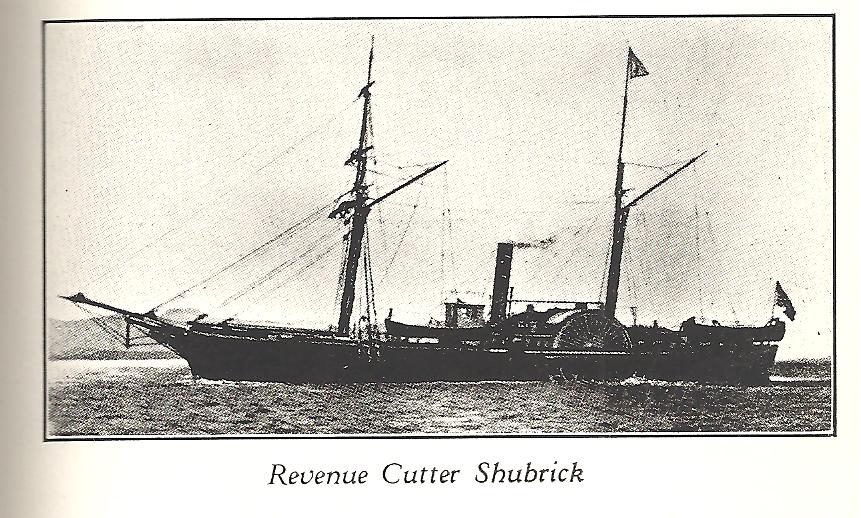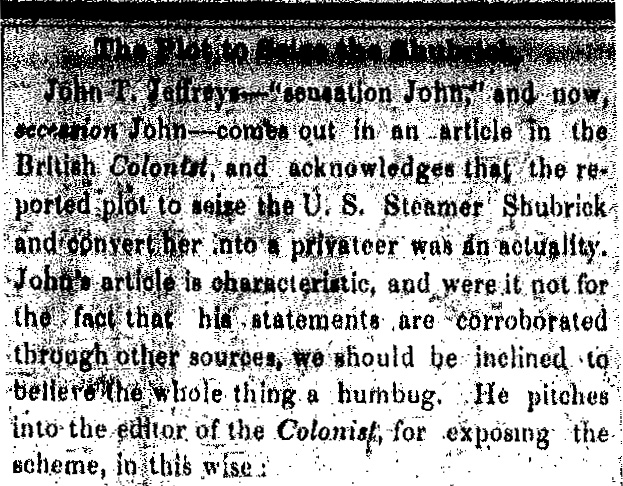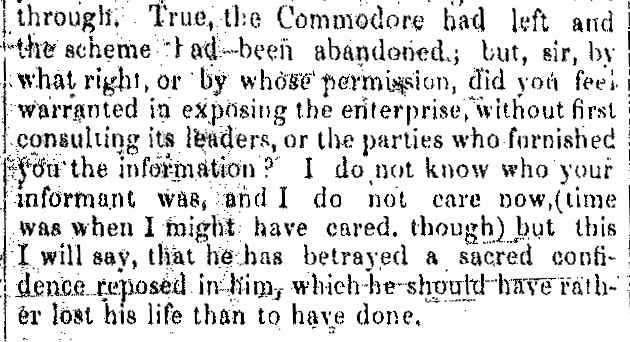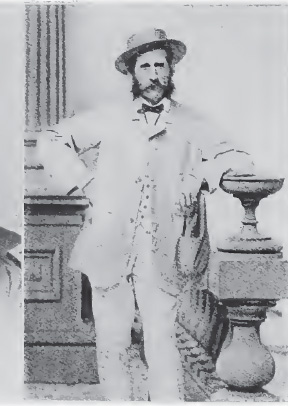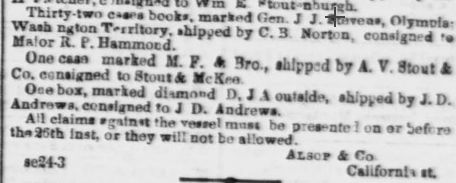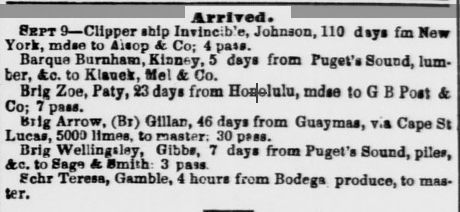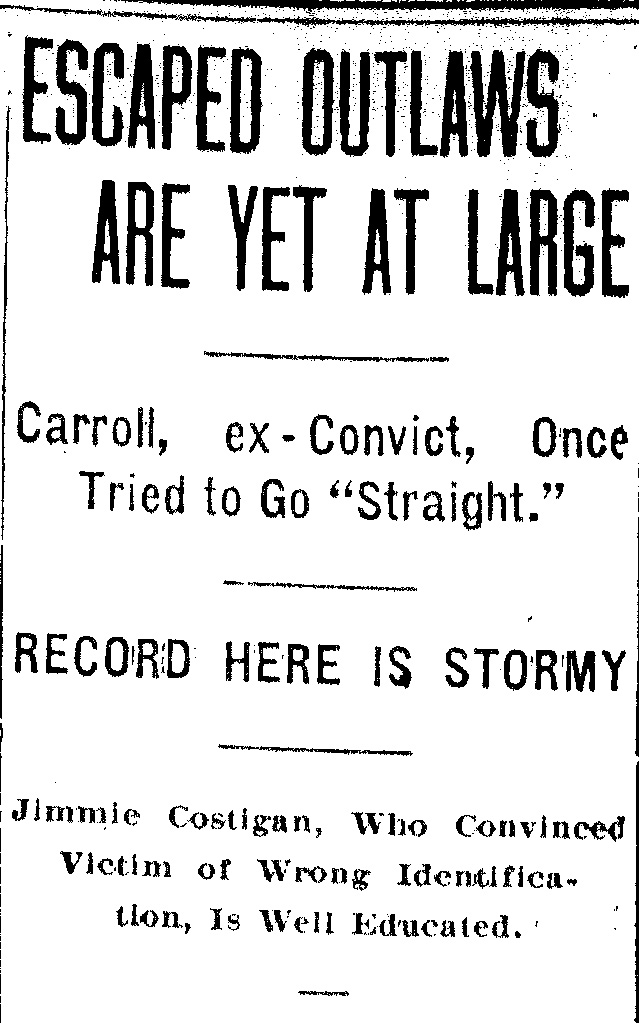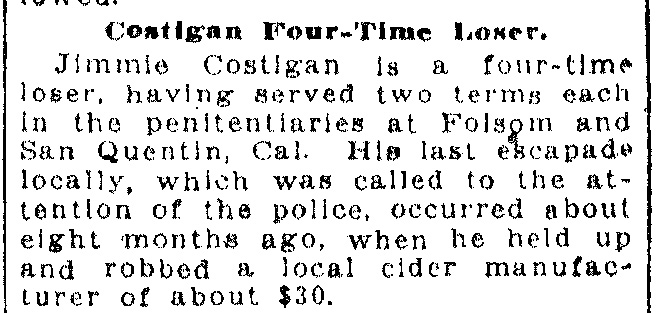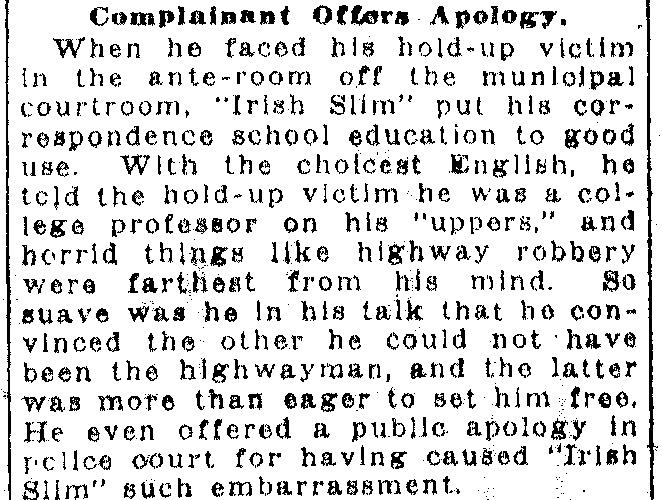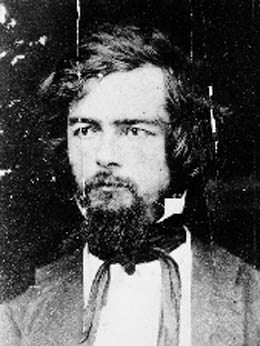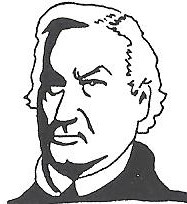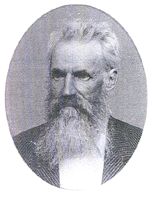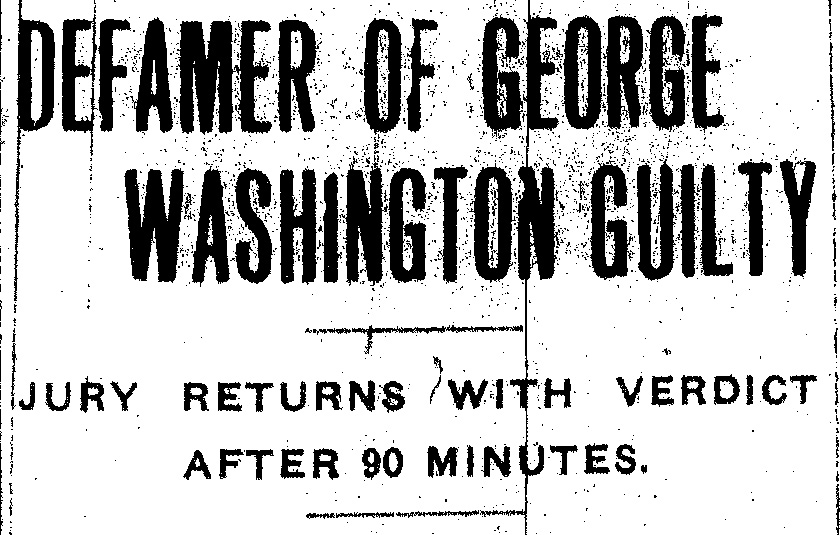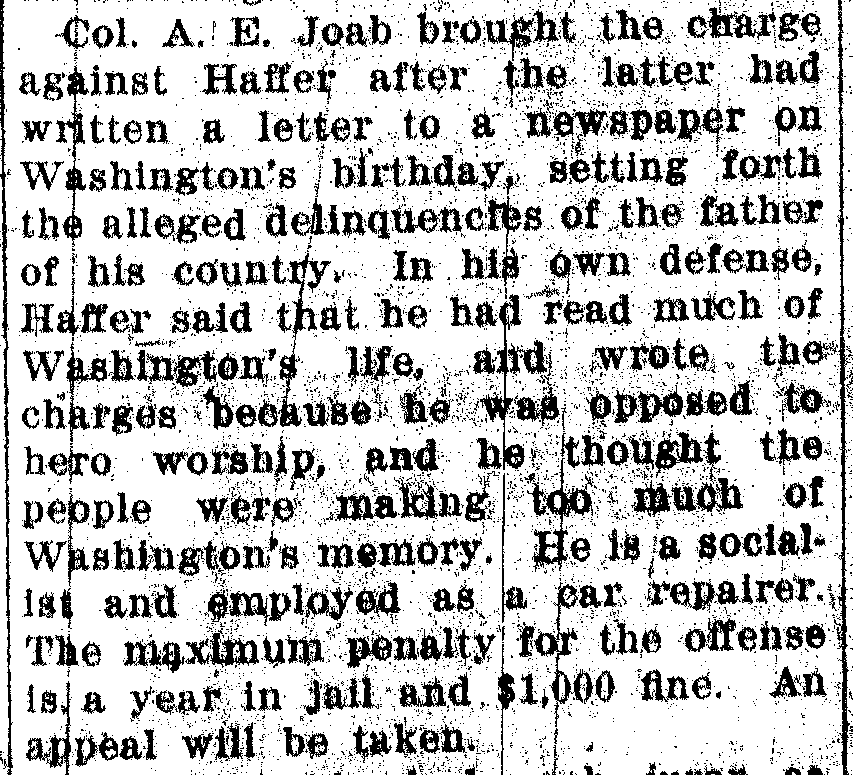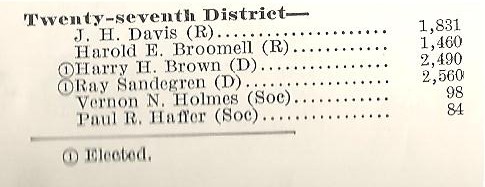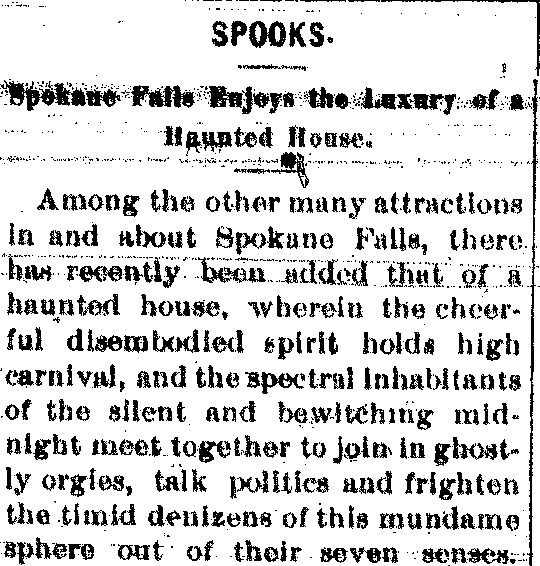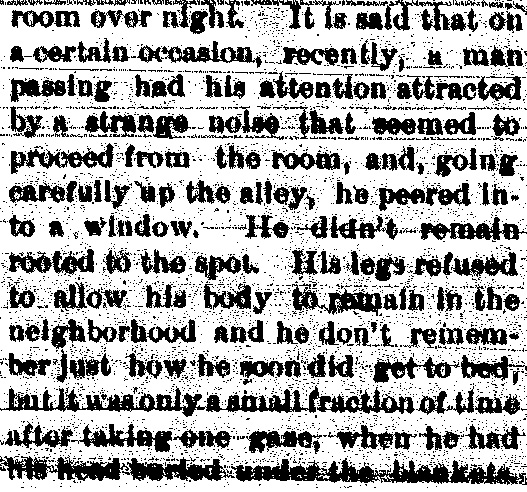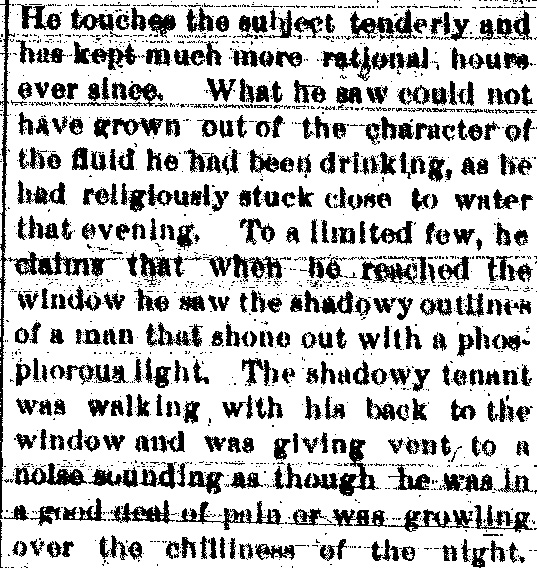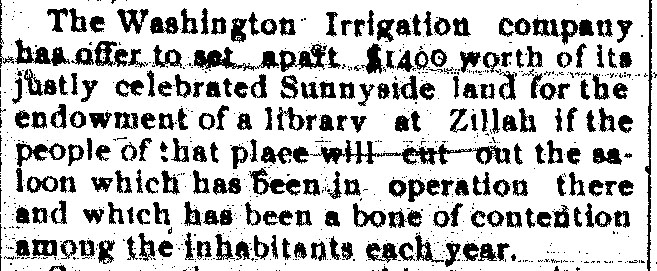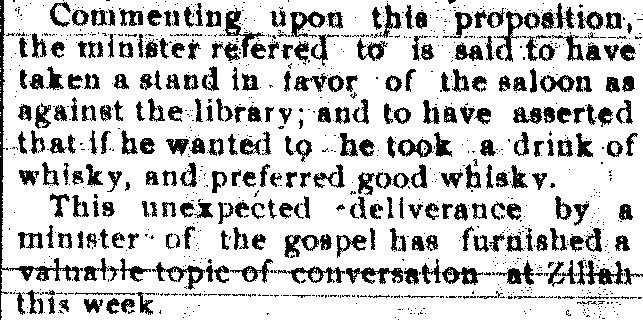 From the desk of Steve Willis, Central Library Services Program Manager of the Washington State Library:
From the desk of Steve Willis, Central Library Services Program Manager of the Washington State Library:
Although the Washington Territorial/State Library was formed in 1853, making it the first library and indeed cultural institution in Washington to be supported by public funds, the distinction of becoming the very first community library belongs to Steilacoom.
In our Rare Vault, WSL has two copies of the Constitution, by-laws, and rules and orders of the Steilacoom Library Association, Washington Territory : organized in March, 1858, which was published in 1860. One of the copies has a news clipping attached to the back cover, dated 7 Feb. 1926, apparently from the Tacoma Daily Ledger:
Steilacoom Library Has Rare Old Books
Movement Under Way to Prepare Fitting Home for Many Valuable Volumes of Historical Interest; First Library Organization Formed in 1857-58
Books, rare old volumes, representing the first library in the state of Washington, are contained in the Steilacoom library. It is but recently the men and women of Steilacoom have begun an active movement to restore the library and secure a home for the institution that will fit with the historical interest centering about this early library.
An article on the founding of the library was recently prepared by Mrs. William A. O’Donnell of Steilacoom and read by her sister, Mrs. Neil Henly, before the annual meeting of the library association January 12. It said, in part:
“During the fall and winter months of 1857-58 a group of citizens, trying to kill time in a corner grocery, in the then flourishing town of Steilacoom conceived the idea of trying to improve their spare time by organizing a library association and at the same time have a place to meet for social intercourse.”
“A call was sent out and the first meeting was held in the grocery store of Philip Keach, on the corner of main and Commercial streets. Meetings were held from time to time. Then a committee was sent to the State Legislature in January 1858, headed by Secretary W.H. Wood of the library.”
“The result of this was that the first library of the state was formed and known as the Steilacoom Library association. This was agreeable to the act of the Legislature passed February 3, 1858. The object of the association, it was agreed, would be the diffusion of useful knowledge and sound morality. A reading room was to be established, procuring public lectures and debates.”
“Among the signers of the first record very few are alive, but the names familiar now are E.R. Rogers, John Sarltar, E.A. Light, Ezra and John Meeker, Stephen and Paul Judson and Charles Prosch.”
“Money was collected and E.A. Light went to San Francisco to buy books. Some of the first 600 volumes are in the present library.”
“The first home of the library was in the brick store of McCaw & Rogers, with Mr. Rogers as librarian. The years passed and members scattered, until the association was almost forgotten. In 1892 a few interested citizens took the matter up and a reorganization was effected. A.L. Bell was elected librarian. As many of the books as possible were rebound, but this was not much of a success. In 1900 W.L. Bair had the books moved from the old brick store to his drug store and then to the Iron Springs hotel safe, as he realized the old books would become valuable.”
“In 1914 the Women’s Commercial club solicited books from each member, until a number of new books were secured. This club disbanded and a few remaining members took over the books and formed a library association under the old constitution and bylaws of the Steilacoom library. When the Iron Springs hotel was sold the library was again without a home.”
“Then the new and old library consolidated and since that time those interested have been working hard to keep a roof over the books by social gatherings and other means and hope to secure a permanent home for the oldest library in the state.”
“At present Mrs. T.A. St. Clair is president of the association; Mrs. F.H. Chelius, vice president; Mrs. William J. Bradley, secretary, and Mrs. E.D. Annis, treasurer.”
Like the Washington State Library, Steilacoom’s library has had an eventful and perilous history, but has survived and continues to serve citizens to this day.
Other pre-November 1889 territorial library efforts:
1860, January: Seattle Library Association formed, according to Thomas Prosch, followed by several reorganizations for the next couple decades. Actual books were not acquired until 1866. In 1881 the collection was donated to the University of Washington.
1860, November: Lyceum and Library Association, Olympia. A series of lectures failed to excite the interest of the public in funding a new library.
1862: University of Washington. The UW Library did not have a book budget until 1880, existing purely on donated material up to that point. In 1867 the University was missing so many books that an edict limiting circulation to students and teachers was issued.
1864: Walla Walla Library Association began organization in 1864 and incorporated in 1865. Eventually Walla Walla’s library shifted from a subscriber-based foundation and in 1878 actually built and opened what was possibly the first free public library in Washington with a full-time librarian. The experiment came to an end in 1888 due to costs.
1865: Holy Angels College Library, Vancouver. This collection of over 300 volumes was supplied by the Vancouver Catholic Library Association during the College’s quarter century or so existence.
1869, August: Tacoma Lodge of the Good Templars (Olympia). Capt. D.B. Finch, who skippered a mail steamer, donated a building to Olympia for the express purpose of establishing a free public library. By 1878, due to lack of funds, the library had to charge a subscription fee, but that failed to keep the institution alive. The collection was given to the Washington State Library in the 1890s. For a couple years in the 1870s the Territorial Library was housed in the same building.
1873: The Tacoma Reading Room. This short-lived venture began in a tent, which also served as a church on Sundays.
1875: Mrs. Maynard’s Reading Room, Seattle. Catherine Maynard, Doc’s widow, established a free reading room in her downtown Seattle home. In 1876 the collection was moved to the YMCA. Trivia: Mrs. Maynard may have been the person responsible for introducing the dandelion to the Puget Sound area.
1876: Dayton began as a free public library, but was forced to move to a subscription-based model after a year.
1878: The Vancouver Library Association worked in cooperation with the local Odd Fellows to create a free public reading room. In 1891 the collection was given to the newly formed Vancouver Public Library.
1880: The Spokane Library was free to the public and started out with 41 volumes. After a few fits and starts it eventually morphed into Spokane Public Library.
1882: Whitman College makes the first purchases of books for a library.
1882: The city of Colfax worked in cooperation with the Colfax Academy to form a subscription library.
1886: The Mercantile Library of Tacoma began as a reading room in the home of Mrs. Grace R. Moore. Within a few years it was moved downtown and became Tacoma Public Library.
1887: Mr. Bonney’s Book Collection, owned by W.W. Bonney in Ellensburg, was opened to the public. The Ladies Municipal Improvement Society took control of it for several years before the library was presented to the city.
1887, September: Gonzaga University opens and even employs a librarian in the first year.
1888, June: The Ladies Library Association in Seattle started a process of creating a new library, which finally happened after Seattle’s great 1889 fire.






